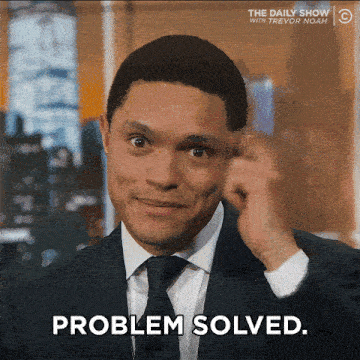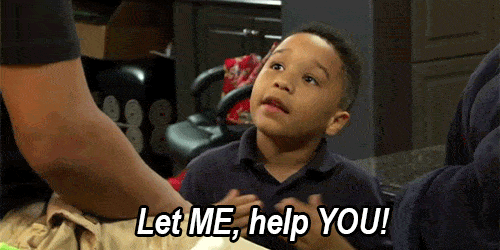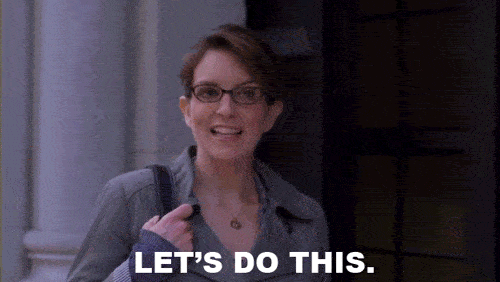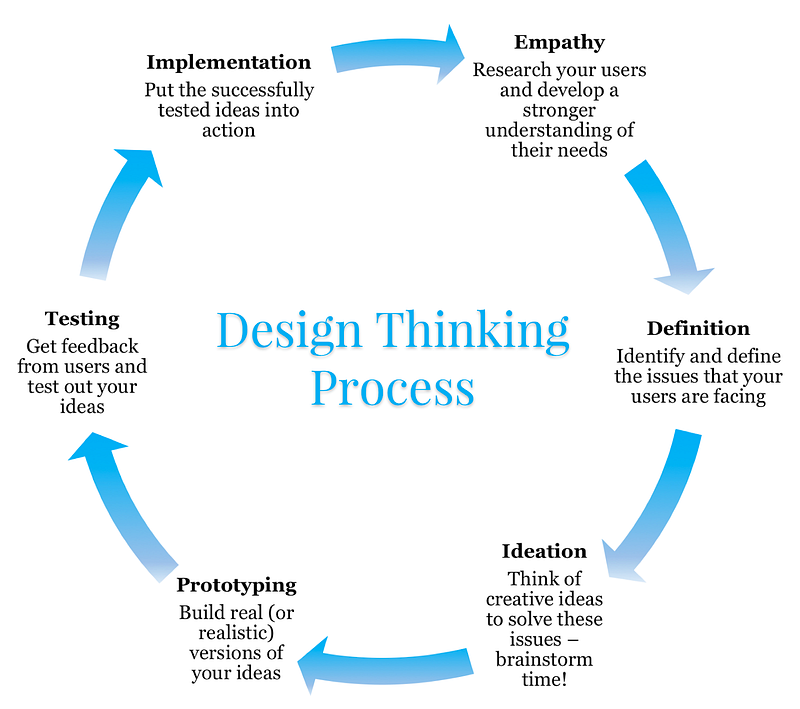Design Thinking 101: what SaaS companies can learn from design sprints
There’s been a lot of hype in the tech world around design thinking.

Aber was ist Design Thinking? Und was können wir davon lernen?
Besser noch, wie können SaaS-Unternehmen sie nutzen und umsetzen?
Let’s get started! 👇
Was genau ist also Design Thinking?
Kurz gesagt ist Design Thinking ein iterativer und flexibler Ansatz, der sich auf ein besseres Verständnis der Nutzer durch Design und Zusammenarbeit konzentriert.
It’s all about putting forward ideas that emphasize how your users think and behave.
Design thinking allows your team to explore real issues that real users want to solve. 🙌
Und Sie können dies durch eine Reihe von Iterationen und Prototypen erreichen, die letztendlich zu Aktualisierungen Ihrer Produkte führen, mit denen Ihre Kunden zufrieden sind.

Dieser Prozess ermöglicht es Ihrem Unternehmen auch, alternative Lösungen oder Strategien zu finden, die im ursprünglichen Entwurf vielleicht nicht vorgesehen waren.
Wie Sie vielleicht schon bemerkt haben, dreht sich beim Design Thinking alles um die Nutzer bzw. Kunden eines Produkts. Es ist auf Empathie ausgerichtet.
Because, after all, some of the best products out there today are also some of the most human-centric products as well. 👫
Since it’s a collaborative process and is intended to be iterative, there is quite a bit of brainstorming, prototyping and testing involved.
What is the design thinking process?
With all of these different aspects of design thinking, it’s easy to get confused or get a little lost. 🙇
Denken Sie aber daran, dass es verschiedene Möglichkeiten gibt, diesen Prozess zu bezeichnen, und dass viele Ressourcen unterschiedliche Bezeichnungen für diese Schritte haben, aber die Ausführung der einzelnen Schritte ist immer noch intakt.
Sie können sich den Prozess in drei übergreifenden Phasen vorstellen: Verstehen, Erkunden und Materialisieren.
So let’s break it down step by step.
Understanding the user
Einfühlungsvermögen
First thing’s first: you need to better understand your users.
Empathy is a major part of design thinking — because it’s the key to thinking of human-centric solutions. 💛
Recherchieren Sie, beobachten Sie und befragen Sie sogar Ihre Nutzer. Versetzen Sie sich in ihre Lage.
Try to figure out what they want or some of the problems they’re trying to solve in their daily lives, what motivates them and how they experience your company — then try to figure out wie Ihr Unternehmen ihnen das Leben erleichtert.

It’s important to put your own assumptions and biases aside and really try to gain insights into how your users think and feel.
And while the amount of time you should spend on this step greatly depends on your own time constraints, do your best to gather as much information possible before moving to the next step. ➡
Sprints beim Design Thinking dauern am besten insgesamt etwa eine Woche, obwohl einige Unternehmen zweiwöchige Sprints bevorzugen.
Je mehr Informationen Sie sammeln, desto besser können Sie Ihre Nutzer und deren Bedürfnisse verstehen.
Definition
Auf der Grundlage all der großartigen Informationen, die Sie im ersten Schritt gesammelt haben, können Sie nun damit beginnen, die Probleme zu identifizieren und zu definieren, die Sie für Ihre Nutzer angehen wollen.
Analyze and then synthesize these findings in order to get to the core of what your users want — this usually comes in the form of a human-centric problem statement.
These problem statements combine three elements — user, need, insight — and turn them into addressable questions to tackle. 🤔
Beispiele für Problemstellungen:
- Wie können wir den Nutzern helfen, schneller einzusteigen?
- Wie können wir unseren Kundenservice effizienter gestalten?
- Wie können wir unsere Anleitungen spannender gestalten?
Mit diesen Problemstellungen wird der Ideenfindungsprozess (unser nächster Schritt) viel klarer.
It also makes it easier to define the how rather than just the why — which helps you get to the heart of users’ needs.
Exploring possibilities for your users
Ideenfindung
Now that you’ve determined the things you want to tackle, this stage is where you start to come up with ideas. 😁
You now better understand your users thanks to the Empathy stage, and you’ve identified what you’d like to solve in the Definition stage, so now it’s time to figure out how you’re going to make it happen.

Es gibt viele Möglichkeiten, diesen Schritt anzugehen, da es Methoden gibt, die von Brainstorming über Worst Possible Idea bis hin zu SCAMPER reichen.
Use what your team prefers, or what you feel will help you find the best solutions. It’s even better if you use a mix of methods during this step.
Gather as many ideas as possible in the beginning, then start to discuss and determine which ones you’d like to try out.
Prototyping
It’s now time to produce examples of your ideas!
Prototyping is the opportunity for your team to create stripped-down, inexpensive versions of the products/features you want to test. 💪
So kann Ihr Team die Lösungen, die es in der vorangegangenen Phase erarbeitet hat, in einer konkreteren Form erproben.

Sobald die Prototypen erstellt sind, können sie innerhalb des Teams oder mit einer anderen Abteilung des Unternehmens getestet werden, um die bestmöglichen Lösungen zu ermitteln, die sich aus den ersten Phasen des Prozesses ergeben haben.
At this point, your team can determine whether each idea is accepted, rejected or improved and re-evaluated. ✅
Um zur nächsten Phase überzugehen, sollte das Team eine bessere Vorstellung von den Einschränkungen und Problemen des Produkts/der Funktion haben, damit es besser weiß, wie sich die tatsächlichen Benutzer mit der endgültigen Version fühlen werden.
Materializing your ideas for users
Prüfung
Once the best ideas are determined from the prototyping phase, it’s time to test them!
Nutzer-Feedback einholen, monitor any changes in engagement or usage of your product/feature and try to determine how much this change has improved the experience of your users. 😍
It’s entirely possible that you will continue to make improvements as you start to get user feedback — the process is designed so that you can iterate and adapt as needed throughout.
Umsetzung
Finally, once you’ve successfully tested your new product/feature, it’s time to officially implement it as a permanent addition to your company.

The things you address for your users during this process can always be revisited if another problem arises. It’s a cycle — so the quest for a better user experience can continue as much as you see fit.
What are we supposed to learn from this?
We’ve touched on the fact that design thinking uses empathy to better understand your users, but it also helps you reinforce the feedback loop.
By empowering your users to give more feedback and try out more new features or products, it makes them feel seen and listened to, and it makes for happier, more satisfied customers in the end. 🤗
How could this apply to SaaS?
Design thinking can be applied to a variety of industries and organizations — including within SaaS companies. 👍
Perhaps you’re feeling stuck on how to make your onboarding process more streamlined?
Or maybe there’s a particular new feature you aren’t sure how to implement?
Design Thinking kann diese und viele andere Probleme lösen.

So kann Ihr Unternehmen nicht nur mehr Vertrauen zwischen Ihnen und Ihren derzeitigen Nutzern und mehr Glaubwürdigkeit zwischen Ihnen und potenziellen Kunden aufbauen, sondern auch ein wenig über den Tellerrand hinausschauen.
Once you remove yourself mentally (and emotionally) as an employee and really put yourself in the shoes of the user, you’re able to have a clearer vision of what needs to be improved or created in order to make your users have the best experience possible. 🤟
Die Benutzererfahrung kann beim Aufbau eines Unternehmens manchmal auf der Strecke bleiben.
There are so many other things to think about — administration, staffing, building the actual tech around the product, marketing, etc. so it can sometimes lead to a lack of empathy toward your users. 😓
Don’t do that.
Instead, think about the things your users are giving you feedback on (and if you aren’t collecting any type of feedback, get on that right now) and start to think about what you can do to tackle their issues.
Whether it’s offering clear, visual data or a navigation that makes sense, design is a crucial part of a product’s success — so make sure you’re giving them the best possible product, both in terms of tech and in terms of usability.
OK, I want to try this with my company. How do I get started?
There is a vast amount of knowledge and resources on design thinking available online — yes, surprising, I know. 😅
But really the first thing you should do to get started is to discuss with your team that you’d like to try this method and have everyone “buy into” design thinking.
That’s not to say that you’re trying to sell them snake oil or are asking them to join a cult, but it’s important for your team to be in the right mindset when trying to learn from users.
Design thinking sprints can take a lot of creative thinking and requires the ability to have an open mind — so it’s good to at least give them a head’s up about the purpose and process.

Eine großartige Ressource, die Ihnen und Ihrem Team hilft, mehr über Design Thinking selbst zu erfahren, ist Stanford D.School: A Virtual Crash Course in Design Thinking, aber wie bereits erwähnt, gibt es eine Menge davon.
If you’re interested in trying design sprints with your team, there’s an excellent Google Ventures page all about design sprints and some resources to help get you started as well.
Happy design thinking! 🤘
Wir hoffen, dass Ihnen dieser Beitrag gefallen hat. Wenn ja, empfehlen Sie ihn weiter!
Weitere aktuelle Informationen über Start-ups, Wachstumsmarketing und Vertrieb:
- 22+ Beste Vertriebs-Podcasts, die Sie sich 2024 ansehen sollten - 21. Dezember 2023
- Cold-Calling-Skripte für echte Menschen - 21. September 2023
- Die 25+ besten Verkaufstools, die Ihr Team erfolgreich machen - 10. August 2023

